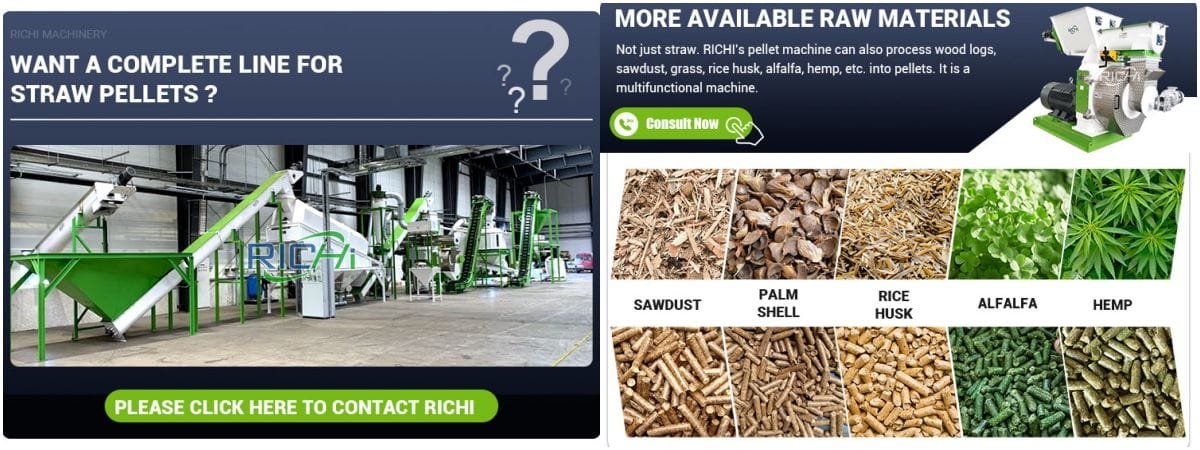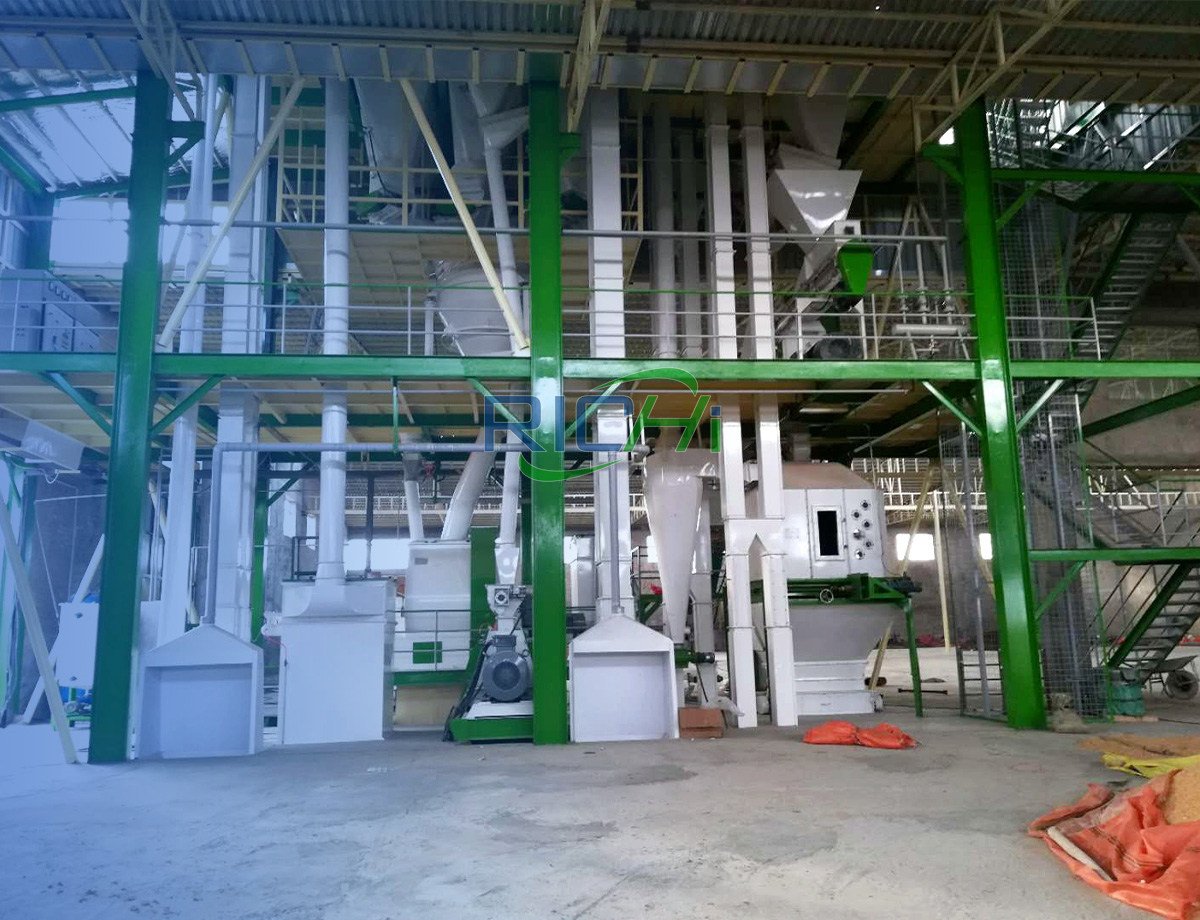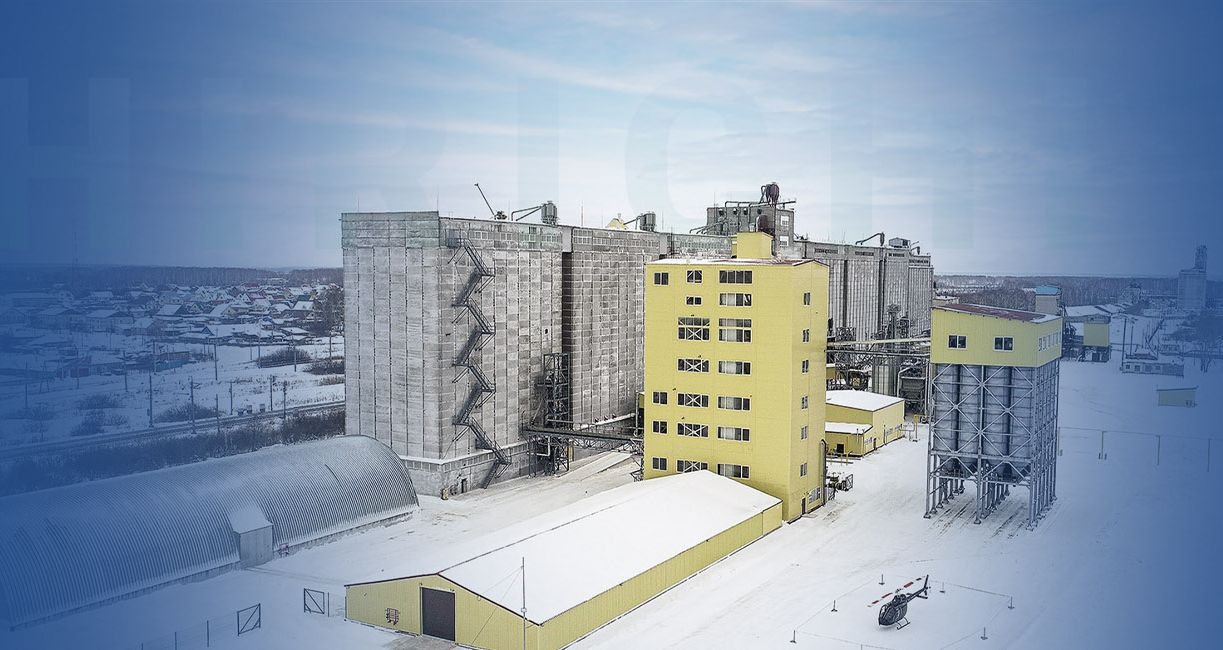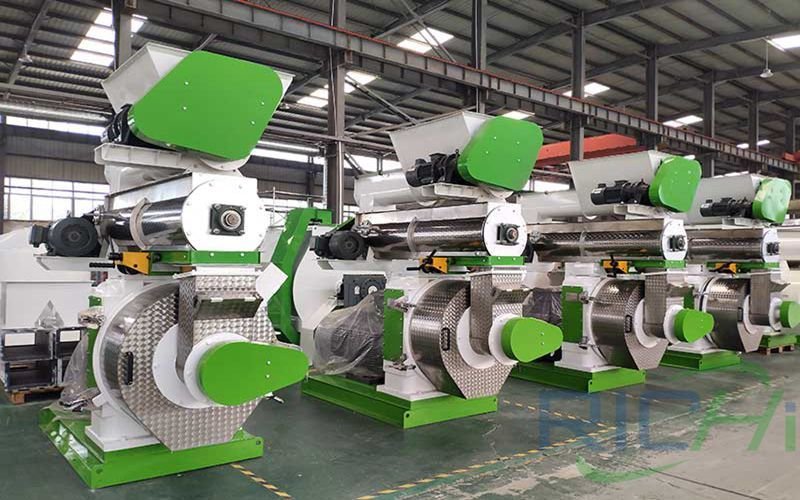The Straw Pellet Production Line is primarily designed for processing straw into pellets, but its adaptability allows for the production of various other types of animal feed pellets. This versatility makes it a valuable asset for farmers, feed manufacturers, and agricultural businesses looking to diversify their product offerings or utilize different agricultural residues. Here’s an overview of the range of feed types that can be produced using a Straw Pellet Production Line.
Types of Feed Pellets
- Hay Pellets:
- Description: Processed from various grasses, including alfalfa, timothy, and meadow grasses.
- Uses: Suitable for horses, cattle, sheep, goats, and rabbits. They offer reduced storage space and easier handling compared to baled hay.
- Alfalfa Pellets:
- Description: Made from high-protein alfalfa.
- Uses: Beneficial for dairy cattle (to boost milk production), horses (as a nutritional supplement), and poultry (to enhance egg yolk color).
- Corn Stalk Pellets:
- Description: Produced from the stalks left after corn harvesting.
- Uses: Suitable for beef cattle, dairy cows (as part of a balanced diet), and sheep. They help utilize farm waste while providing a cost-effective feed option.
- Soybean Stalk Pellets:
- Description: Created from soybean stalks.
- Uses: Beneficial for ruminants (cattle, sheep, goats) and as a filler in mixed feed formulations.
- Rice Straw Pellets:
- Description: Produced from rice straw.
- Uses: Acts as a roughage source for cattle and a supplement in poultry and pig diets, as well as bedding material for livestock.
- Wheat Straw Pellets:
- Description: Made from wheat straw.
- Uses: Useful for cattle feed (as part of a balanced ration), horse bedding, and small animal bedding (rabbits, guinea pigs).
- Grass Pellets:
- Description: Produced from various types of grass, including pasture grass and lawn clippings.
- Uses: Suitable for horses (as a forage supplement), cattle (especially in areas with seasonal grass shortages), and small pets like rabbits and guinea pigs. (Related post: grass pellet making machine)
- Mixed Forage Pellets:
- Description: Created from a mixture of different forages.
- Uses: Customizable for specific livestock needs and balancing nutritional profiles, utilizing available local resources.
- Crop Residue Pellets:
- Description: Made from various crop residues, such as peanut hulls, sunflower stalks, or cotton stalks.
- Uses: Serve as fiber sources in ruminant diets and economical feed options in regions where these crops are prevalent.
- Silage Pellets:
- Description: Adapted from silage.
- Uses: Offer an extended storage life compared to traditional silage, easier transportation, and potential use in automated feeding systems.
- Supplemented Feed Pellets:
- Description: Include added nutritional supplements during the pelleting process.
- Uses: May contain vitamins, minerals, protein concentrates, or medicinal additives for livestock health management.
- Organic Waste Pellets:
- Description: Made from organic waste from food processing industries.
- Uses: Can serve as feed for non-food-producing animals, organic fertilizer, or biomass fuel.

Advantages of Using the Straw Pellet Production Line for Various Feeds
- Versatility: The ability to process a wide range of materials allows adaptation to local agricultural conditions and available resources.
- Cost-Effectiveness: Utilizing a single production line for multiple feed types reduces equipment investment costs.
- Waste Reduction: The production line helps in processing various crop residues, reducing agricultural waste.
- Improved Feed Management: Pelletized feeds are easier to store, transport, and dispense compared to loose materials.
- Nutritional Control: Pelletizing allows for precise control over nutritional content, especially for mixed or supplemented feeds.
- Extended Shelf Life: Properly processed feed pellets have a longer shelf life than loose feed materials.
- Reduced Feed Waste: Pellets are less likely to be blown away or trampled, minimizing feed waste during animal consumption.
Considerations for Producing Different Feed Types
While the Straw Pellet Production Line is adaptable, certain considerations must be taken into account when producing various feed types:
- Die Adjustments: Different materials may require changes in die specifications for optimal pellet formation.
- Moisture Content: Varying moisture levels in feed materials may necessitate adjustments in the drying or conditioning process.
- Grinding Requirements: Some materials may need finer or coarser grinding compared to straw for effective pelletization.
- Binding Agents: Certain materials might require the addition of binding agents to ensure pellet integrity.
- Nutritional Analysis: Regular testing is essential to ensure that the pelletized feeds meet intended nutritional profiles.
- Cleaning Protocols: Thorough cleaning between different feed types is necessary to prevent cross-contamination.
Conclusion
The Straw Pellet Production Line showcases remarkable versatility in producing a wide range of animal feed pellets. From various crop residues to specialized forage mixes, this production line offers farmers and feed manufacturers the flexibility to create diverse feed products tailored to livestock needs and local agricultural conditions.
This adaptability maximizes equipment utility and creates value-added products from agricultural waste. By enabling the production of multiple feed types, the Straw Pellet Production Line becomes a valuable tool in sustainable agriculture practices, promoting efficient resource use and potentially opening new market opportunities for agricultural businesses.
As demand for efficient and sustainable animal feed solutions continues to grow, the versatility of equipment like the Straw Pellet Production Line will play an increasingly important role in meeting these needs while adapting to local agricultural landscapes and evolving livestock nutrition requirements.










